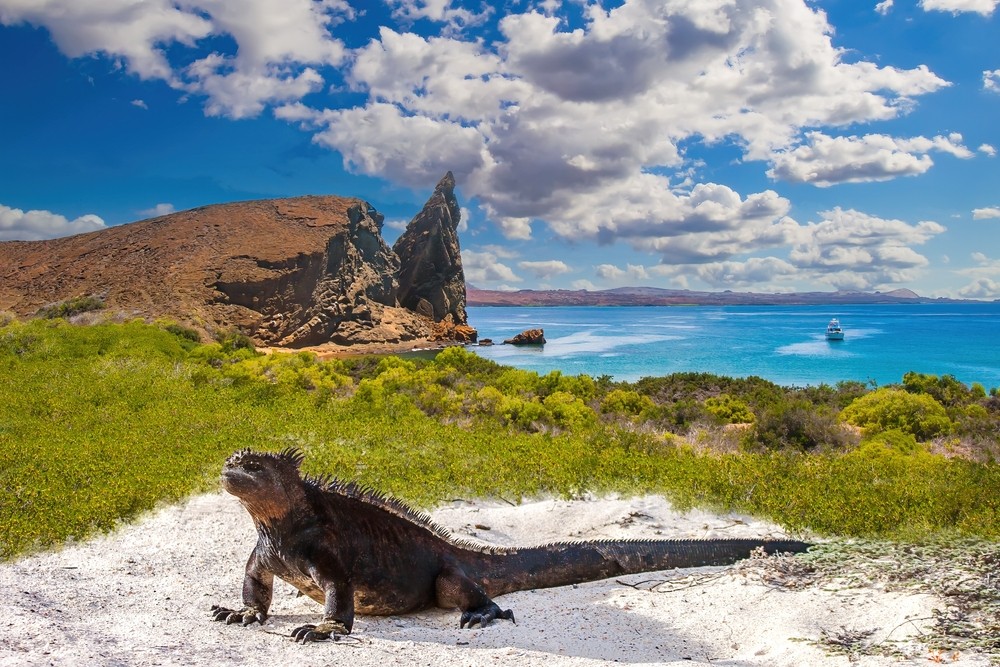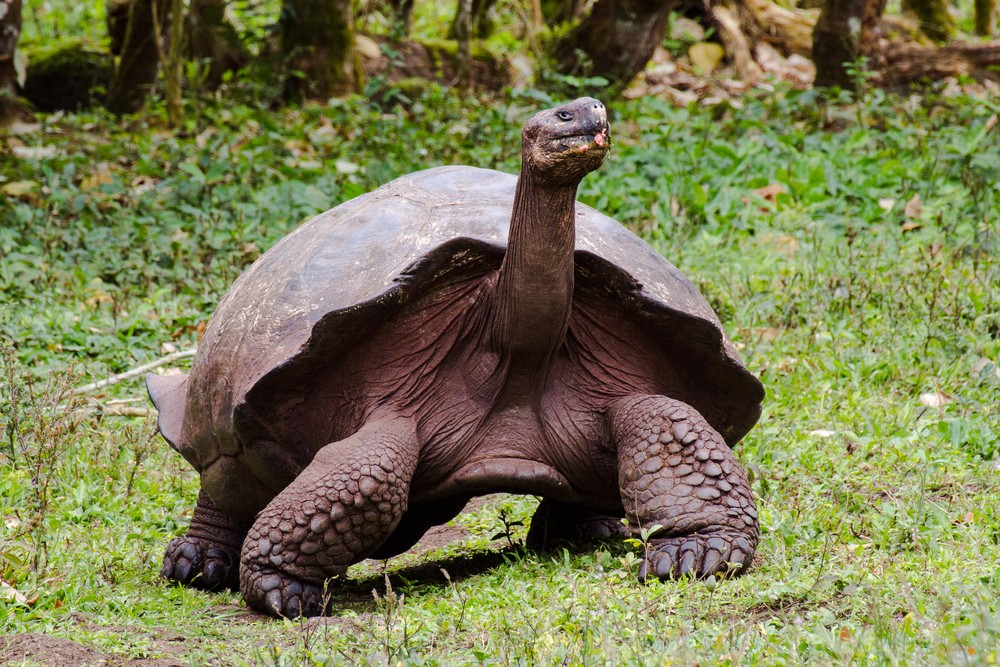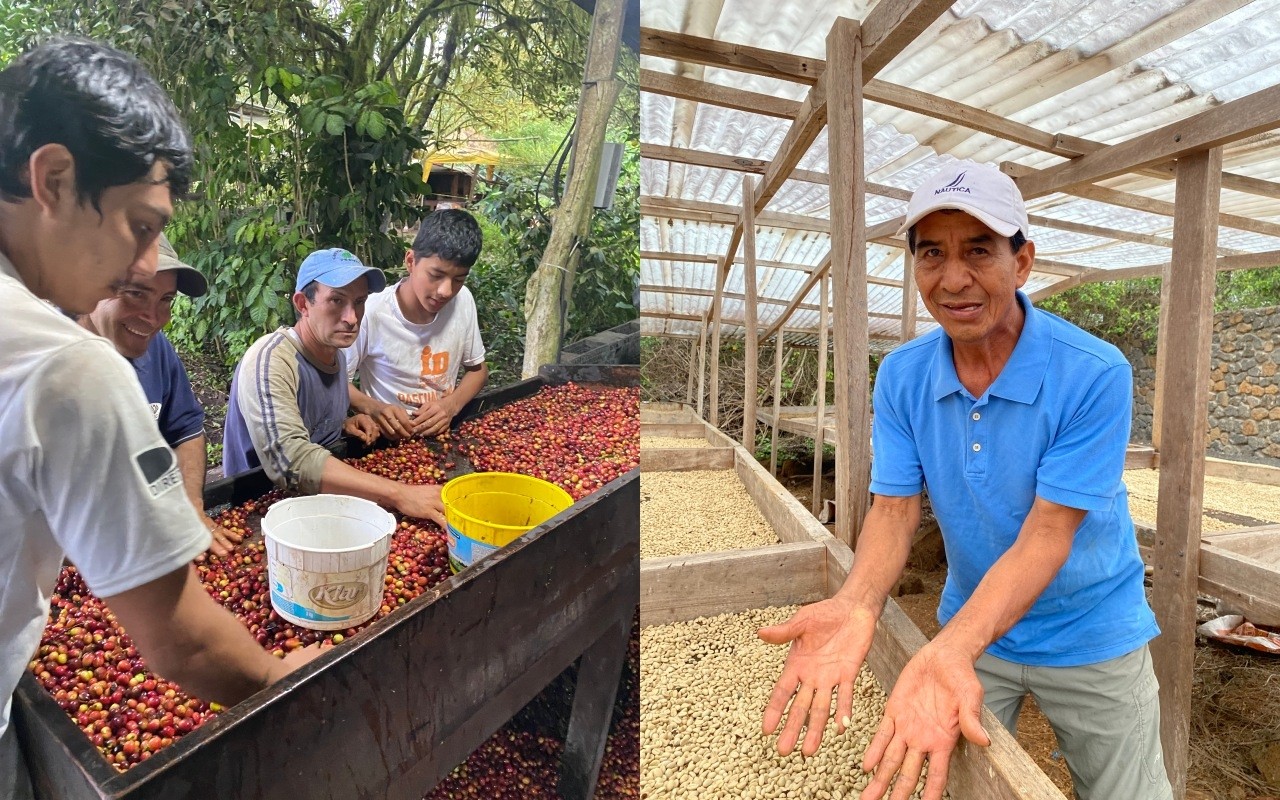
The Galapagos Islands are a group of islands located in the Pacific Ocean, approximately 1,000 km west of mainland Ecuador, and are a world-renowned UNESCO-registered natural heritage site.
Did you know that coffee is grown in this area?
We would like to introduce you to the rare Galapagos coffee.
The first coffee plantation was established here in 1866. Although there was a temporary hiatus in the late 19th century, production resumed in earnest in the 1990s as demand for specialty coffee grew. Today, organically grown, high-quality "Galapagos Coffee" is produced in small quantities (3,000 to 5,000 bags per year), but it has received high praise both domestically and internationally.
The History of Coffee in the Galapagos Islands

In 1835, the British Manabu Charles Darwin visited the Galapagos Islands and observed the unique flora and fauna of the island, which inspired his theory of evolution. Although Galapagos is located directly on the equator, the cold ocean currents keep temperatures low, and the climate and environment, which are intricately intertwined with the trade winds, create an environment rich in diversity.
Coffee was first introduced to the Galapagos Islands in 1866 when Manuel J. Cobos arrived on San Cristobal Island and founded a colony called "El Progreso." He imported Bourbon coffee from French Polynesia and opened a 1,000-hectare farm called "El Cafetal." However, in 1904, a worker revolt led to Cobos' death, and the farm was abandoned for a long time.
After World War II, when the Ecuadorian government regained territorial sovereignty over the Galapagos Islands, migration from the mainland increased. People who migrated from the provinces of El Oro and Loja began growing coffee on a small scale for their own consumption and for local consumption. Then, in the 1990s, when the specialty coffee boom arrived, the Gonzalez family rebuilt "El Cafetal" in Cobos. In the 2000s, production expanded to Santa Cruz Island, marking the start of full-scale production and sales of Galapagos coffee.
Coffee was first introduced to the Galapagos Islands in 1866 when Manuel J. Cobos arrived on San Cristobal Island and founded a colony called "El Progreso." He imported Bourbon coffee from French Polynesia and opened a 1,000-hectare farm called "El Cafetal." However, in 1904, a worker revolt led to Cobos' death, and the farm was abandoned for a long time.
After World War II, when the Ecuadorian government regained territorial sovereignty over the Galapagos Islands, migration from the mainland increased. People who migrated from the provinces of El Oro and Loja began growing coffee on a small scale for their own consumption and for local consumption. Then, in the 1990s, when the specialty coffee boom arrived, the Gonzalez family rebuilt "El Cafetal" in Cobos. In the 2000s, production expanded to Santa Cruz Island, marking the start of full-scale production and sales of Galapagos coffee.
Current Galapagos Coffee Production
 Coffee production at La Primavera Farm on Santa Cruz Island in the Galapagos Islands
Coffee production at La Primavera Farm on Santa Cruz Island in the Galapagos Islands Since 97% of the Galapagos Islands are designated as a national park, only 2% of the land can be used for coffee plantations. Under the supervision of the government's Ministry of Agriculture (MAGAP), producers are organized into cooperatives and are committed to producing high-quality, high-value coffee.
The use of synthetic Manabu fertilizer is prohibited by law in the Galapagos Islands, so all coffee produced there is organic. However, due to serious damage caused by pests such as fire ants, some producers are forced to use synthetic Manabu pesticides, despite their own will.
Many of the plantations are located in lowlands just below the equator, but the influence of cold ocean currents creates an environment equivalent to that of highlands over 1,000 meters above sea level. The main varieties are Bourbon , accounting for 89%, Typica , 8%, and Caturra, 3%. Annual production is usually between 3,000 and 4,000 bags, with a legal limit of 5,000 bags.
All production is managed by Expigo, Ecuador's largest coffee exporter. Expigo maintains high standards for quality control and is committed to promoting Galapagos coffee as a specialty coffee. Galapagos coffee is highly valued worldwide for its unique and complex flavor, and is traded at high prices.
The use of synthetic Manabu fertilizer is prohibited by law in the Galapagos Islands, so all coffee produced there is organic. However, due to serious damage caused by pests such as fire ants, some producers are forced to use synthetic Manabu pesticides, despite their own will.
Many of the plantations are located in lowlands just below the equator, but the influence of cold ocean currents creates an environment equivalent to that of highlands over 1,000 meters above sea level. The main varieties are Bourbon , accounting for 89%, Typica , 8%, and Caturra, 3%. Annual production is usually between 3,000 and 4,000 bags, with a legal limit of 5,000 bags.
All production is managed by Expigo, Ecuador's largest coffee exporter. Expigo maintains high standards for quality control and is committed to promoting Galapagos coffee as a specialty coffee. Galapagos coffee is highly valued worldwide for its unique and complex flavor, and is traded at high prices.
Enjoy the rare Galapagos coffee at CROWD ROASTER !
CROWD ROASTER is currently selling a special tasting set featuring coffee from La Primavera Farm on Santa Cruz Island in the Galapagos Islands, roasted by popular Shizuoka roaster ETHICUS Yamazaki !
Enjoy this rare coffee with flavors such as apple and chamomile.


